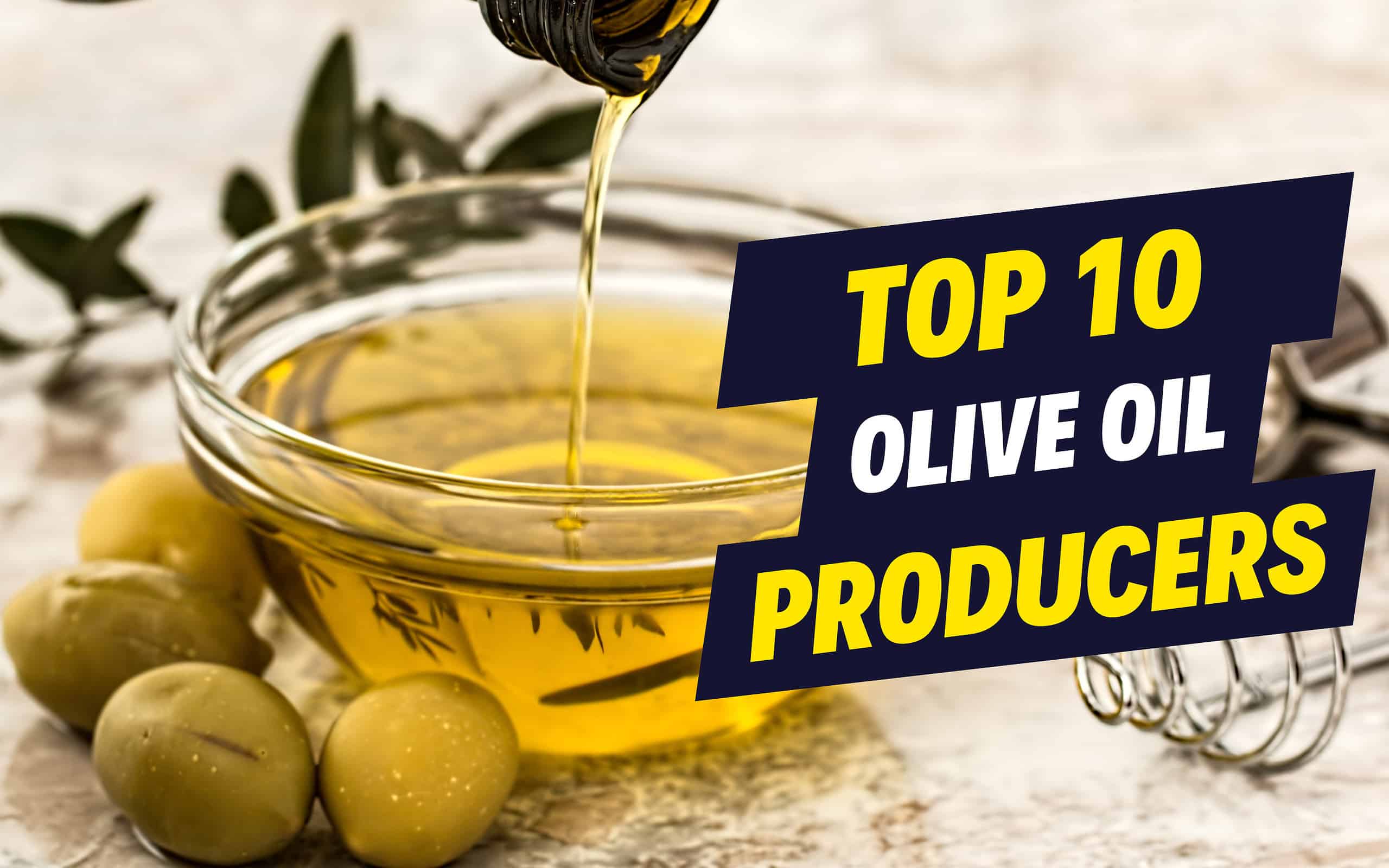Olive oil is the liquid fat you get when you press olives, which are trees originally found in the Mediterranean region. Olive oil can be used as cooking oil or in salads as a dressing. It can also be found in many other products like soaps and cosmetics. All in all, olive oil is quite a versatile product. So when you think about where olive oil comes from, immediately your brain may shout, “Spain!” That’s because Spain grows olive trees and olive trees are abundant in Spain, but also in other Mediterranean countries like Italy, Morocco, and Greece.
So it comes as no surprise that the top olive oil-producing countries are located near the Mediterranean Sea. Join the A-Z Animals team as we take a look at the 10 countries that produce the most olive oil, according to the International Olive Council. Plus, we’ll give you all the details about each country’s production and fun facts, too.
10. Egypt
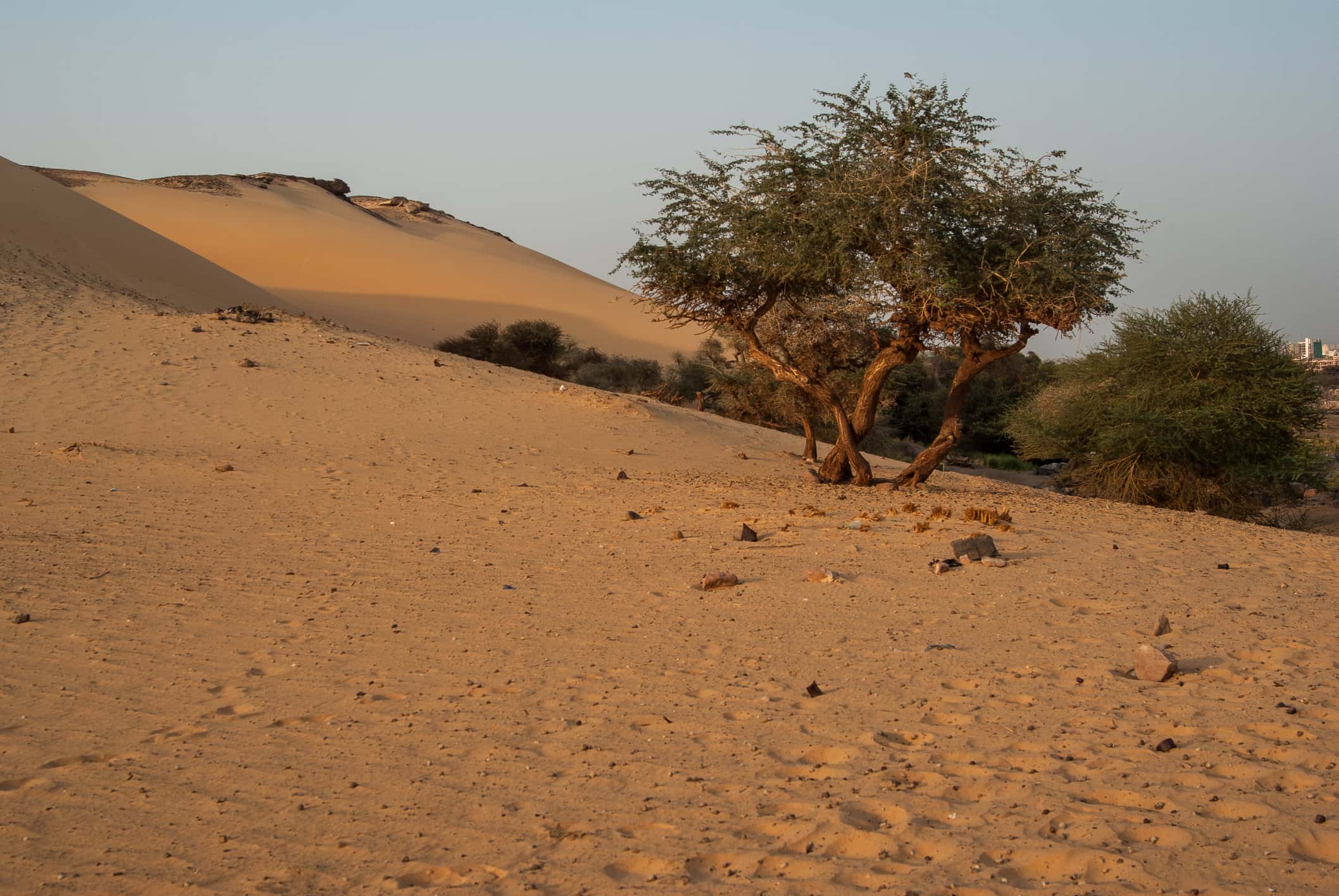
Egypt is the fourth-largest producer of olive oil in North
Africa
.
©mazzo1982/iStock via Getty Images
The North African country sees olive oil production in the northern part. Most of Egypt’s territory is consumed by the Sahara Desert, but the slivers of the north provide hope for olive trees. Historically, olive trees have long been part of Ancient Egyptian agriculture. Today, the Egyptian government hopes to return to its roots. The forecast from 2021 to 2026 projected that Egypt would be increasing olive oil production by a healthy 3.4%. Since 2006, the production has steadily increased by 10%.
9. Argentina

Argentina is the top olive oil-producing country in South America.
©daphnusia/iStock via Getty Images
The only South American country on the list, olive trees are mainly grown in the San Juan, Mendoza, and La Rioja provinces of Argentina. As climate change ravaged olive trees in the Mediterranean region, Argentina was immune from the droughts. There are over 200,000 acres of land dedicated to olive groves where about 30,000 tons of olive oil is produced. Furthermore, Argentine olive oil production is slowly getting recognized for its great taste. In 2022, olive oil produced in the Mendoza province of Argentina was bestowed with Protected Geographical Indication. This means the olive oil from here is protected from any type of counterfeit.
8. Algeria

Spain may be the most famous in olive oil production, but Algerian olive farmer Hakim Alileche was internationally recognized in 2021 for producing some of the best, organic olive oil in the world.
©Bruno Malfondet/iStock via Getty Images
The North African country projects that it will see a growth of over 2.5% over the next three years after a devastating harvest in 2022. Furthermore, the past 60 years have been good for Algeria as its total production has tripled. However, the Mediterranean region saw a horrid drought that ravaged olive trees in the entire region. It seems, though, the olive industry is slowly bouncing back, even if the demand is surging across the globe.
7. Portugal
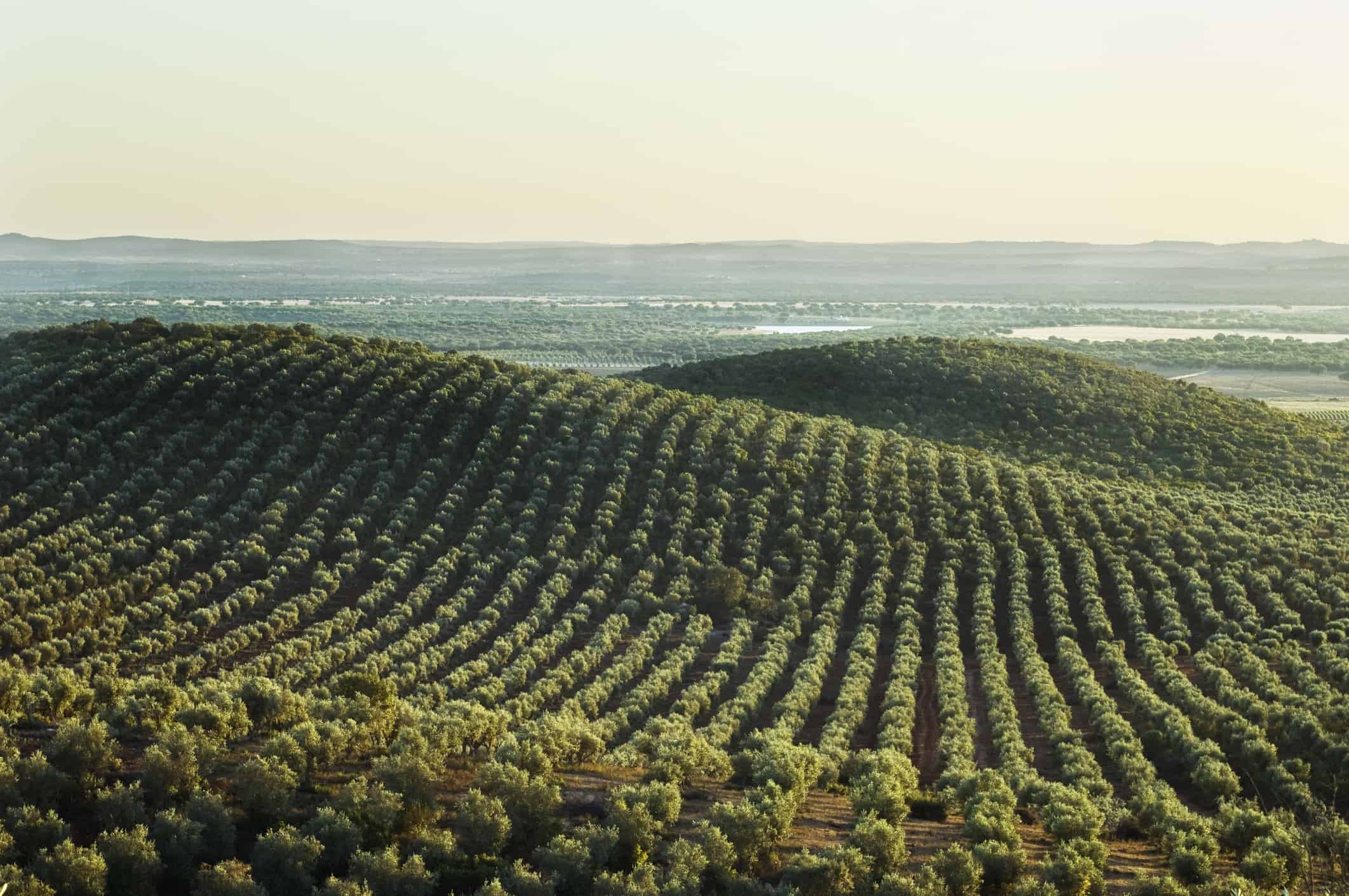
Portugal produces more than 750,000 olives per year to either make olive oil or to use as table olives.
©mrfotos/iStock via Getty Images
Technically, Portugal is not a Mediterranean country as it doesn’t touch the sea, but its climate is very similar and it’s a Mediterranean country by extension because of its proximity to the sea. After the past few years in a slump, Portugal is expected to see record olive oil production by the end of the year. The rains of 2023 are what has caused the increased production. The Atlantic-bordering country comes in at seventh in total olive oil production and 13th in table olive production.
6. Morocco
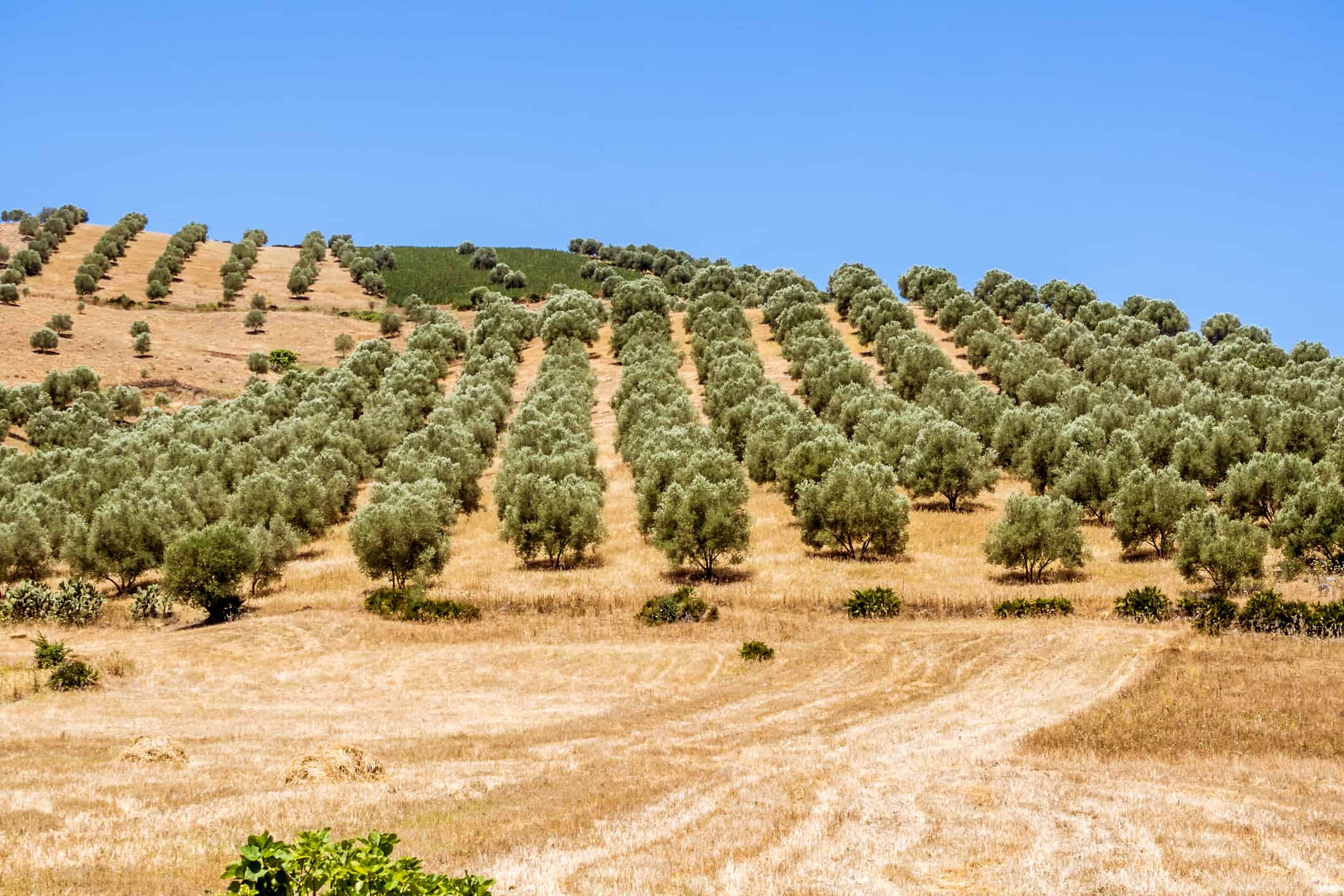
Morocco has about 1.8 million acres of olive trees located in the coastal parts of the country.
©pierivb/iStock via Getty Images
The second African country on the list, Morocco lies in the Sahara Desert, but its coasts sit by the Mediterranean Sea. This means the sliver closest to the coast makes it perfect for olive trees to grow and thrive. Unfortunately for the latest production years, climate change seems to have plagued the industry. Without sounding like a broken record, climate change is the culprit.
Unprecedented droughts throughout the Mediterranean region, including Morocco, are what has kept olive oil production at all-time lows. However, officials in the Ministry of Agriculture are optimistic that although production has been low, Morocco is bouncing back and may see larger numbers in the coming months and years.
5. Greece

The country is the largest consumer of olive oil per capita with about 24 liters per year.
©deyangeorgiev/iStock via Getty Images
It is said that the olive was first seen in Greece (or its surrounding regions). The oldest olive tree is located in the Mediterranean country. Moreover, many Greek dishes contain olives and table olives are a popular food to munch on as you have drinks at a bar. So it’s safe to say that Greece and olives are like two peas in a pod. In the past year, agriculture officials have ensured that Greek olive oil production will increase to meet the growing demands worldwide.
4. Turkey
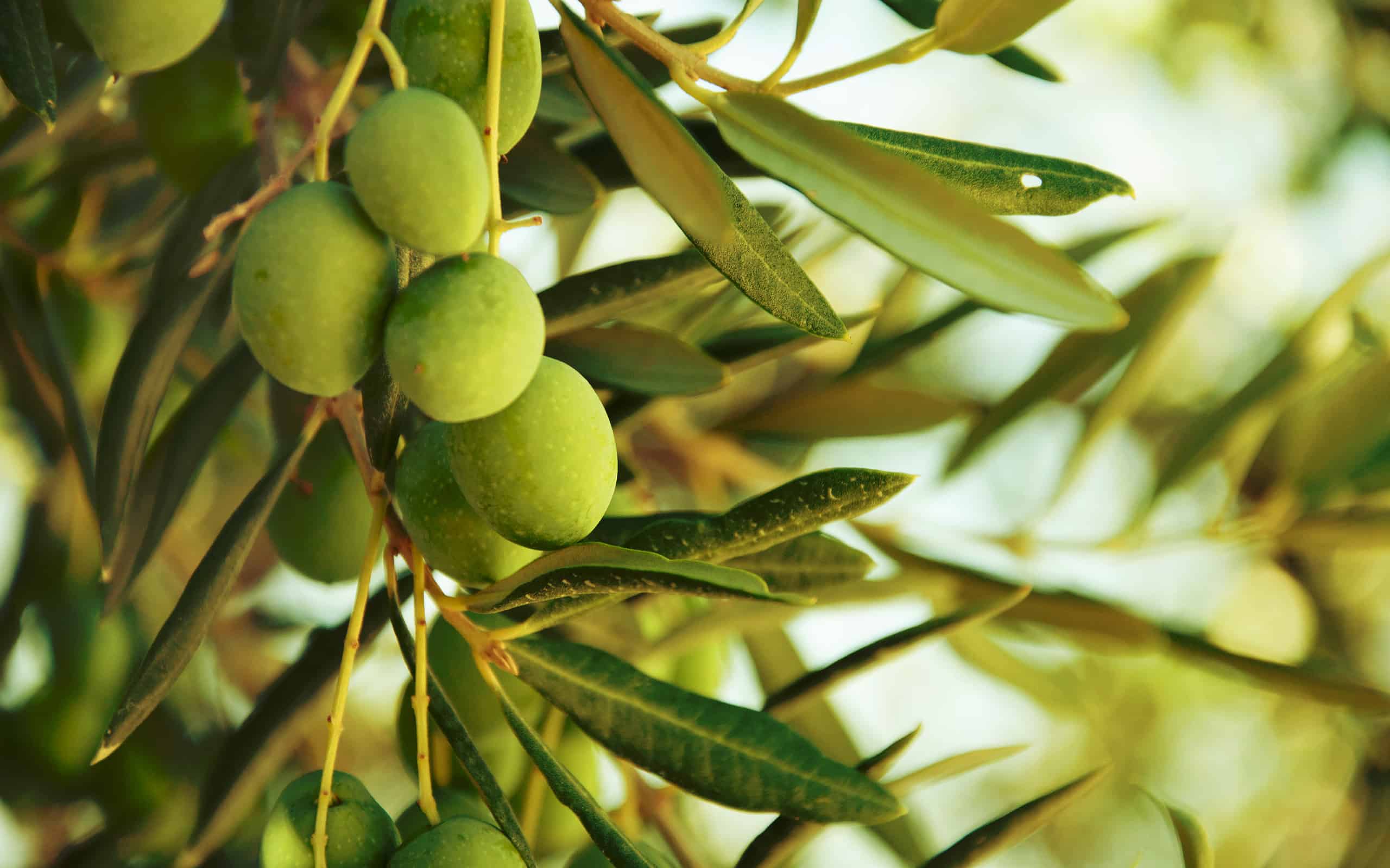
Turkey has almost 2 million acres of olive trees throughout the country.
©Igor_Aleks/iStock via Getty Images
The only country in the Middle East, Turkey comes in at number four among the largest producers of olive oil. However, this production may increase in the coming years as climate change continues to ravage olive oil production in Europe. The Turkish government announced in the summer of 2023 that they would stop all olive oil exports worldwide for three months. Moreover, the increased price of olive oil was the catalyst for the decision that prices would decrease in the country.
3. Tunisia
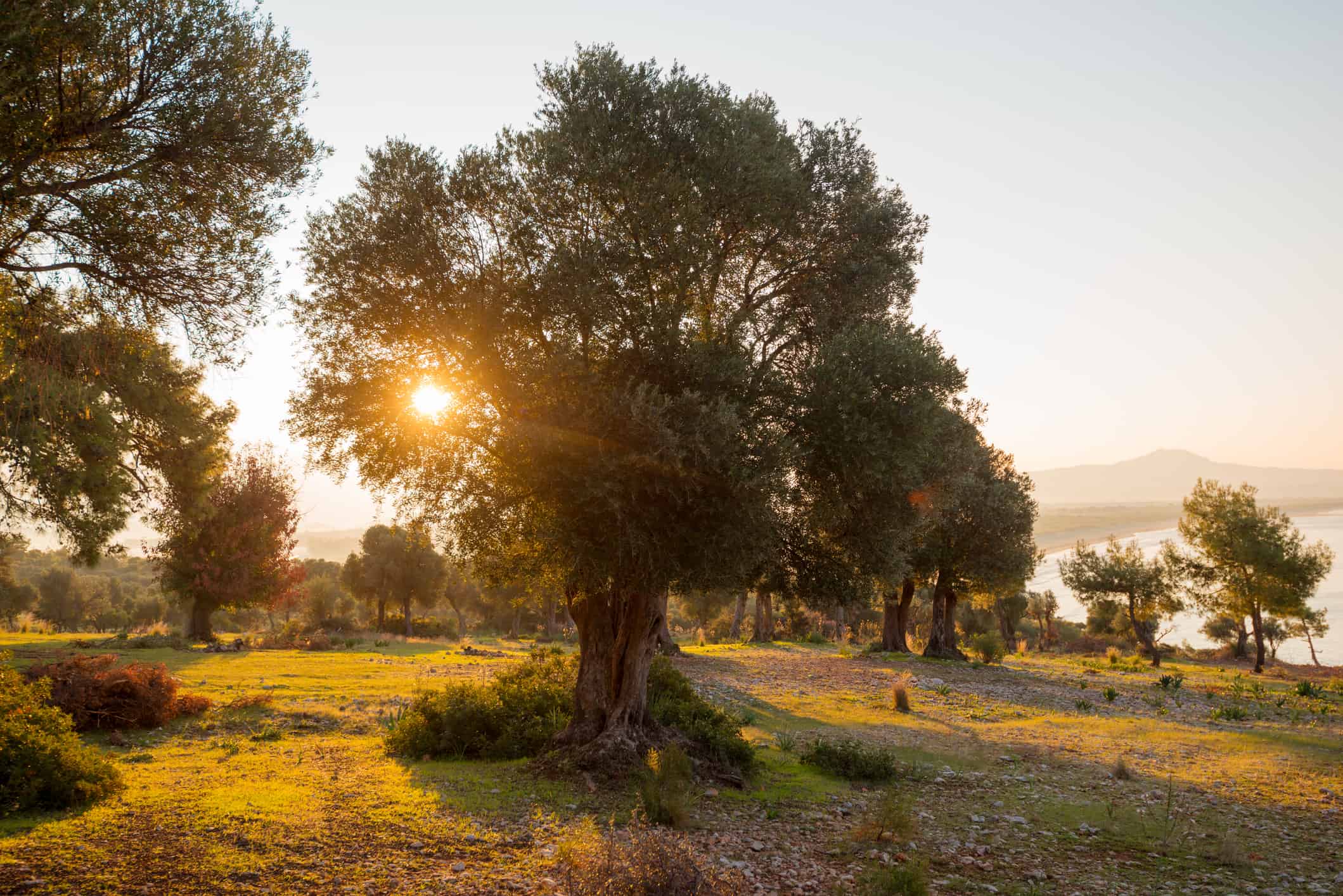
The oldest olive tree in Tunisia is more than 2,500 years old.
©Yarygin/iStock via Getty Images
The first African country on the list, Tunisia’s proximity to the Mediterranean Sea makes it a prime location to grow olives. Tunisia prides itself on its olive oil production. In fact, the Tunisian government recently announced that they want to increase production to 250,000 tons for the next year. They have over 75 million olive trees in the country and 75% of their exports go directly across the sea to Europe. Lastly, the country exports around 200,000 tons of its olive oil with the rest for internal consumption.
2. Italy

Italy consumes about 13 liters of olive oil per year.
©LUNAMARINA/iStock via Getty Images
Number two on the list is also not a surprise. Italy loves using olive oil in their cooking. Southern Italy’s climate makes it perfect for olive trees to thrive since 82% of olive oil is produced in this part of the country. Moreover, the regions of Puglia and Calabria make up about 68% of the country’s olive oil, followed by other southern regions like Sicily, Abruzzo, and Tuscany. Interestingly enough, although the country makes a lot of olive oil, it imports about an astonishing 65% of Spain’s olive oil production.
1. Spain
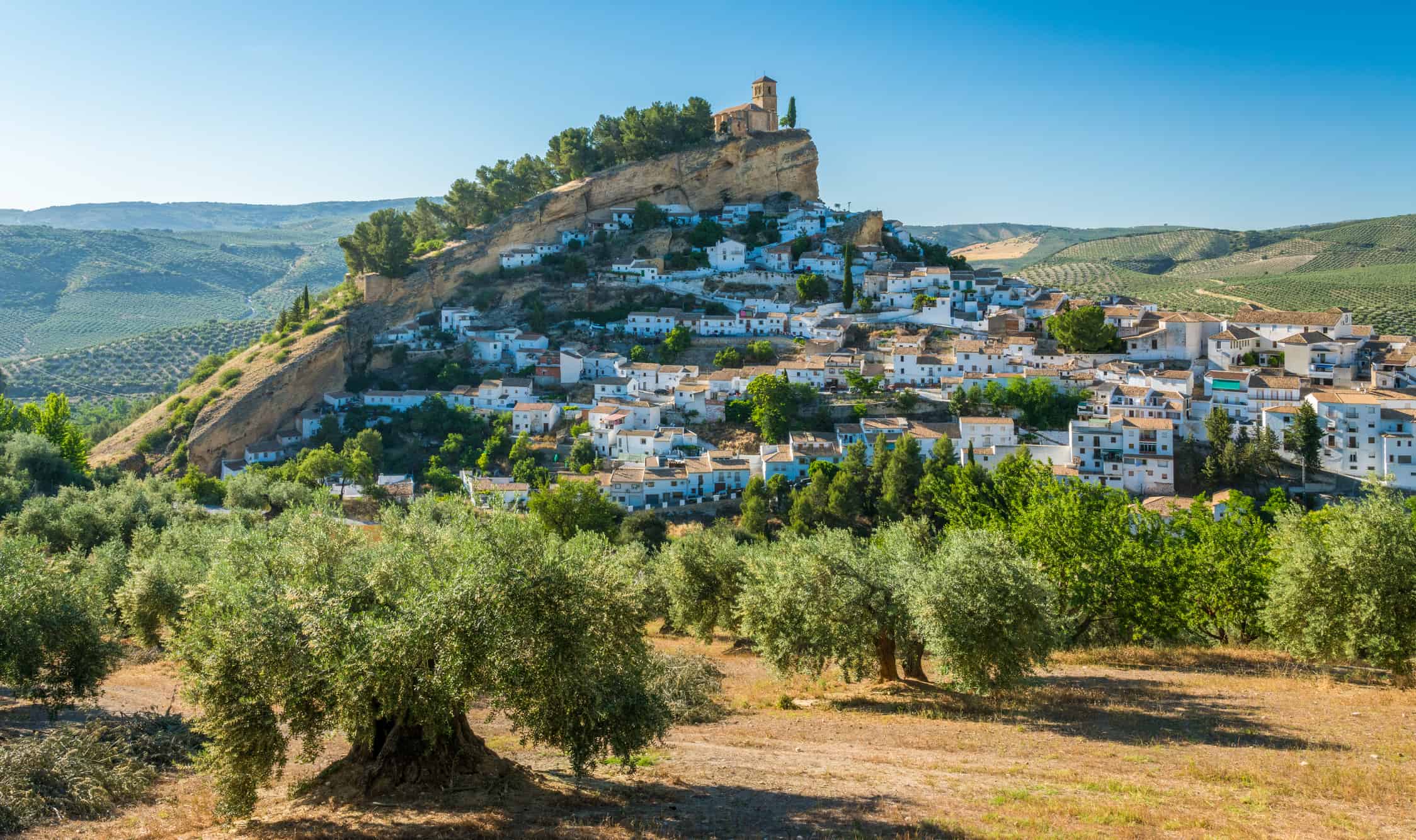
The Jaén province within the autonomous community of Andalucia produces 70% of Spain’s total olive oil.
©e55evu/iStock via Getty Images
It comes as no surprise that Spain is at the top of the list. If you ever travel through Andalucia, Spain’s southernmost autonomous community, you will notice olive trees galore. There are about 6.1 million acres dedicated to olive trees in the entire country. Most of the olive trees are located in the south and southeast, mainly Andalucia with 75% of Spain’s olive oil production. That’s because the weather is prime for growing olives there. Furthermore, Spain’s world production amounts to about 40% of the total olive oil production. A whopping 92% of olives in Spain are used for olive oil. The other 8% are used for regular consumption. In recent months, climate change has been ravaging olive oil production in the country, as the country’s production has been slashed in half.
Thank you for reading! Have some feedback for us? Contact the AZ Animals editorial team.

